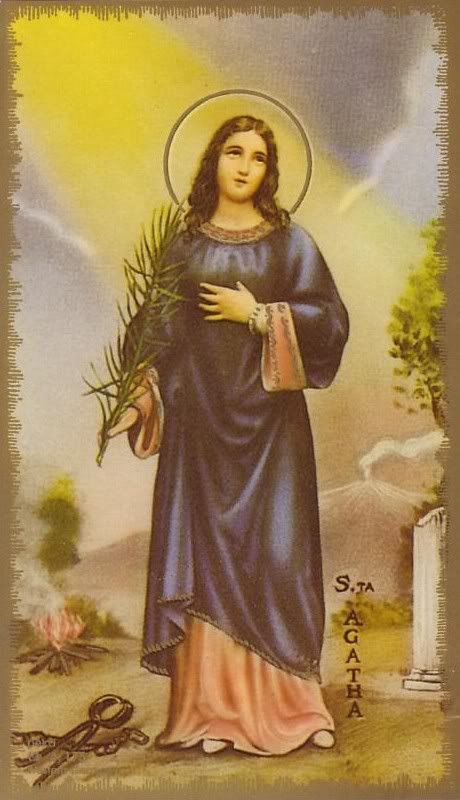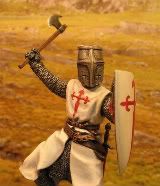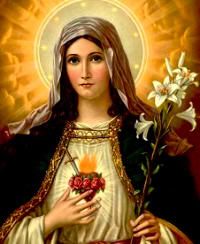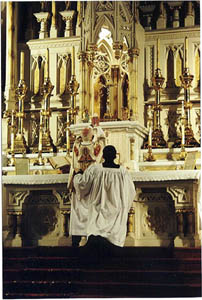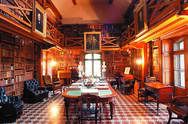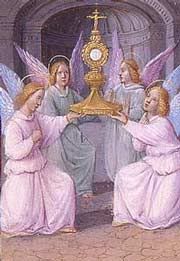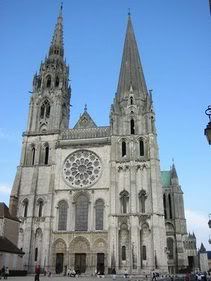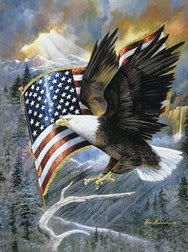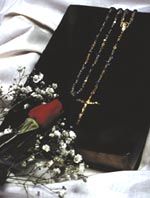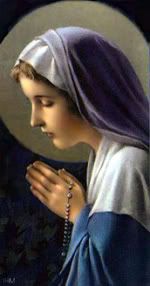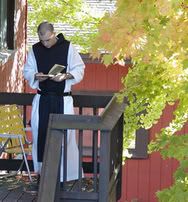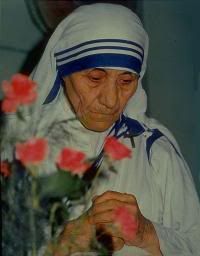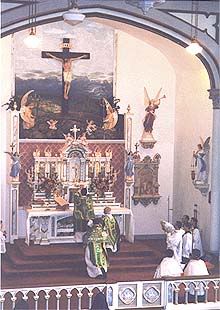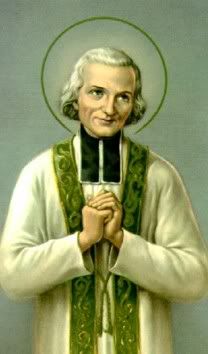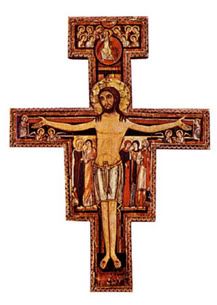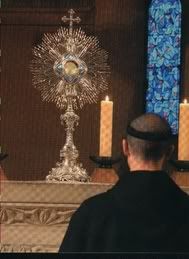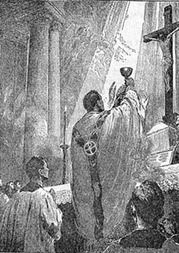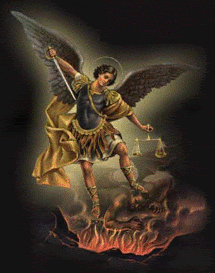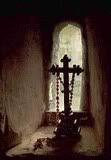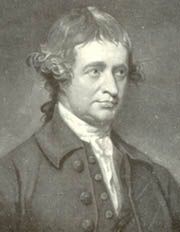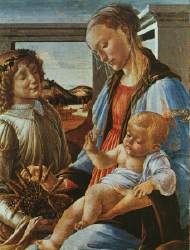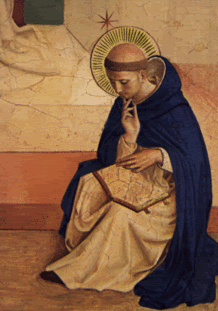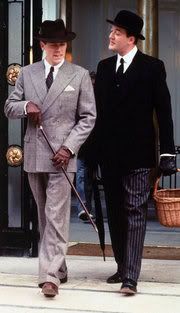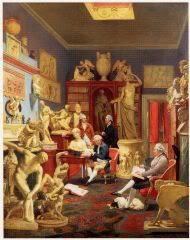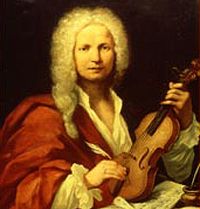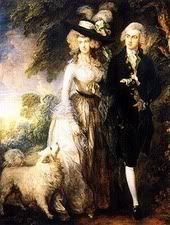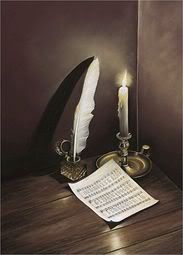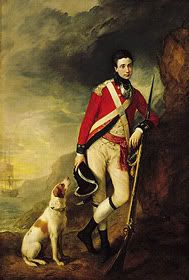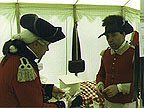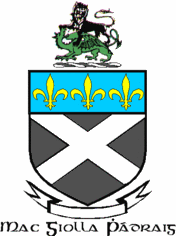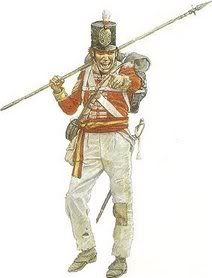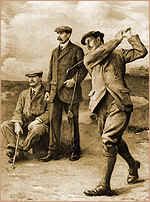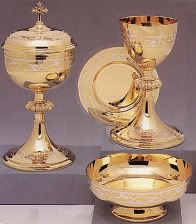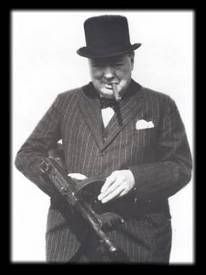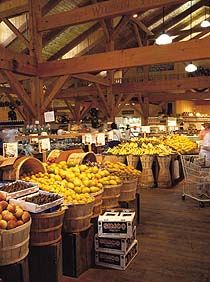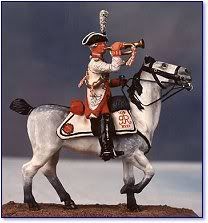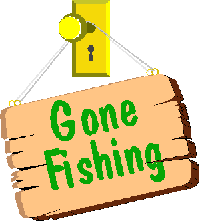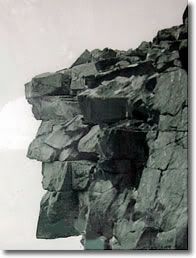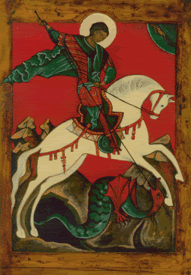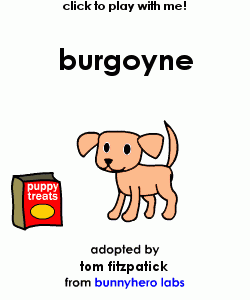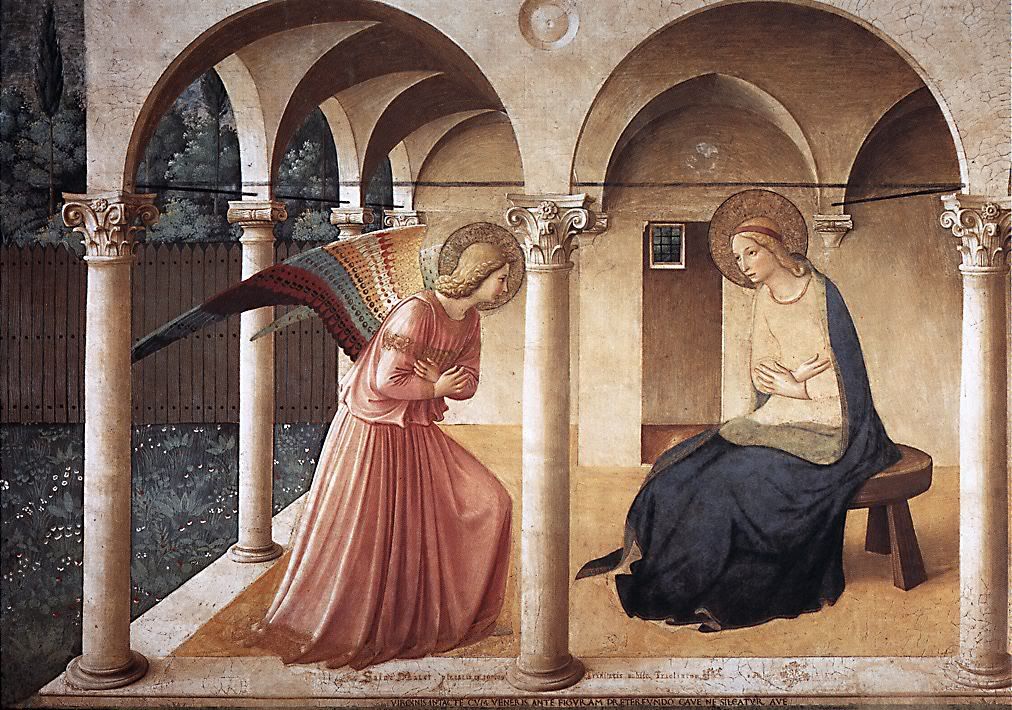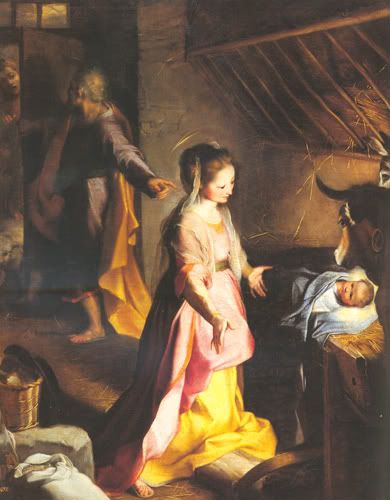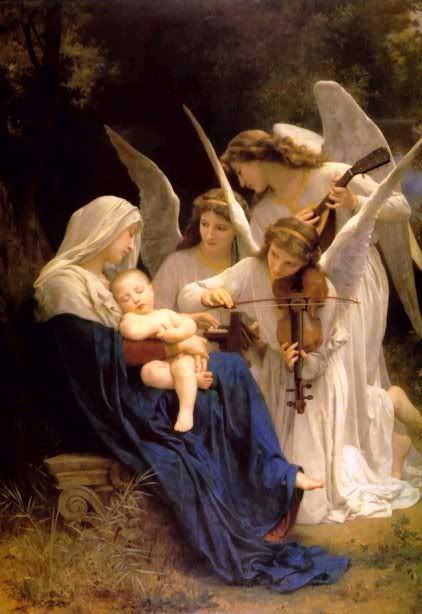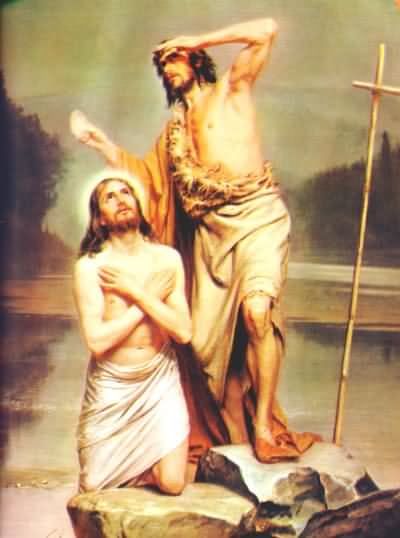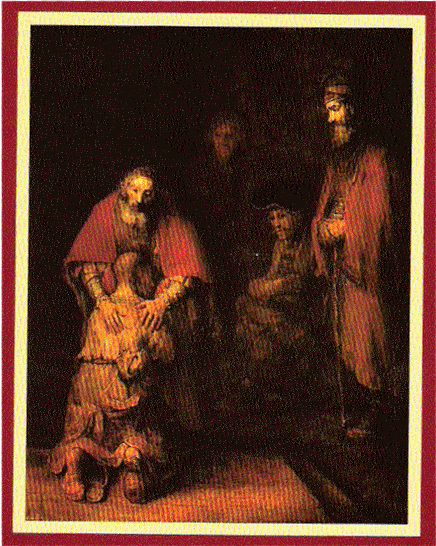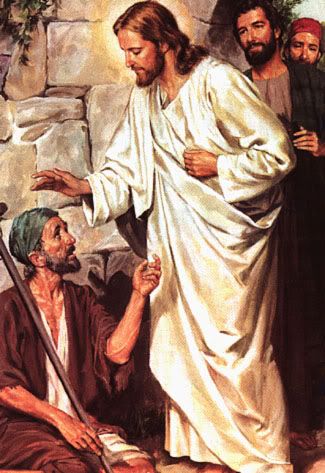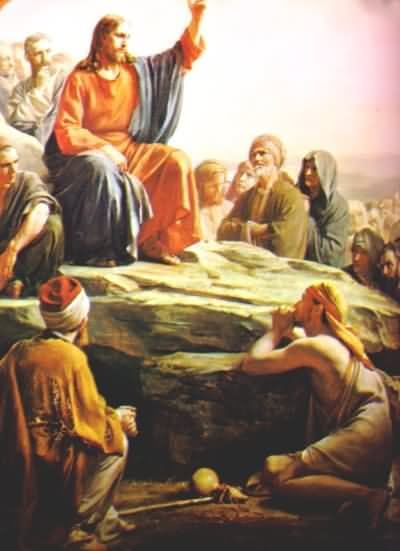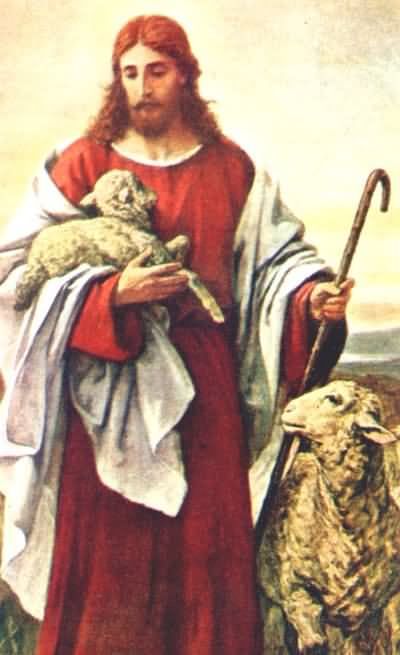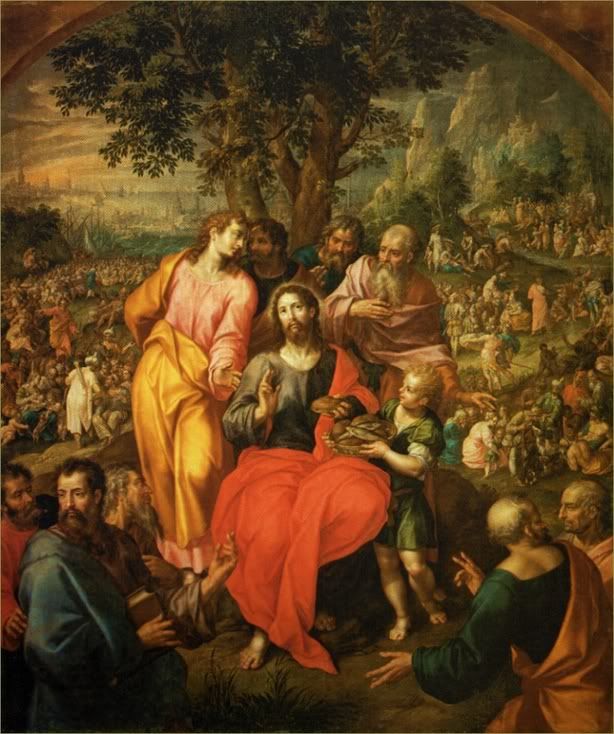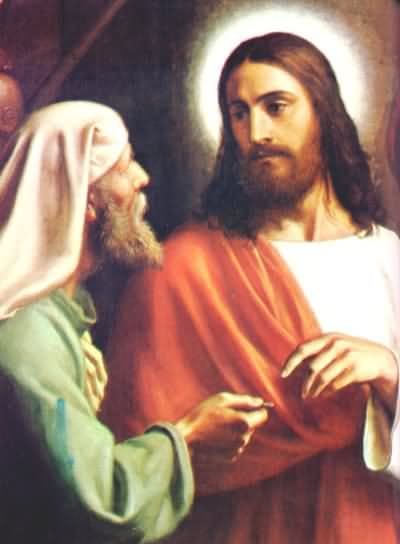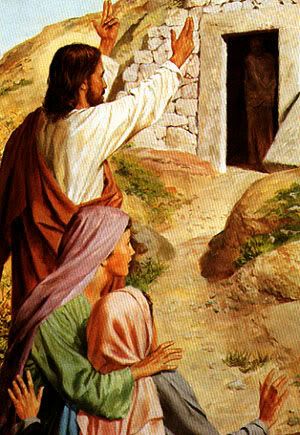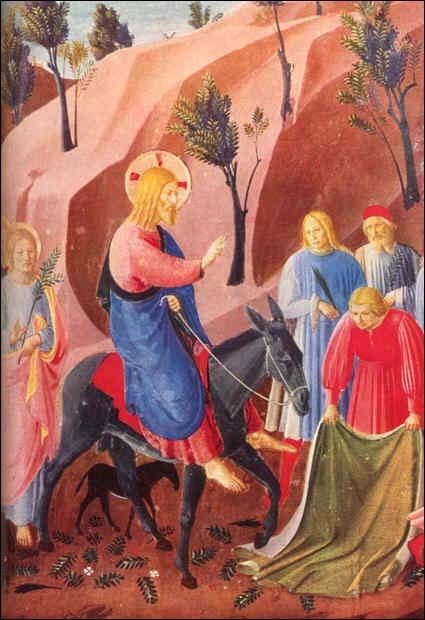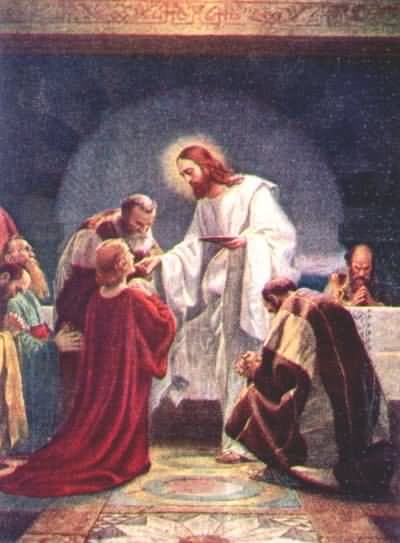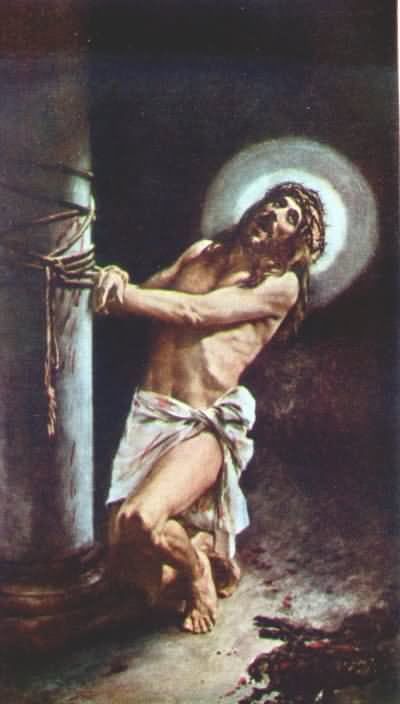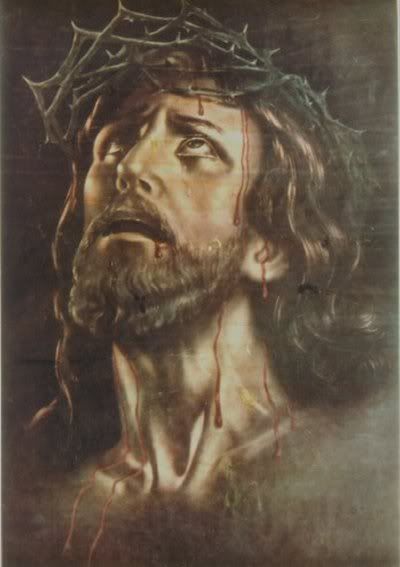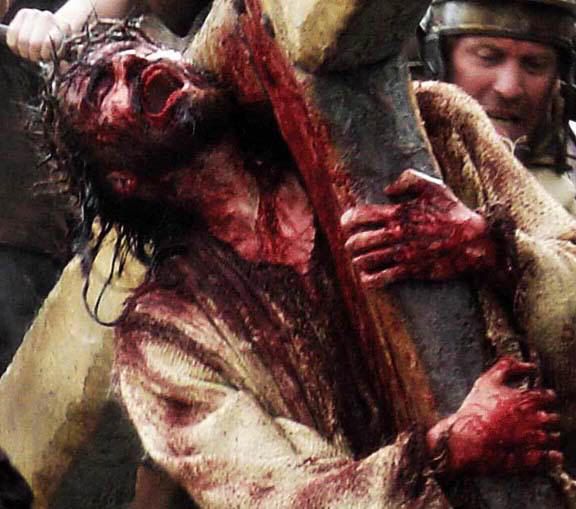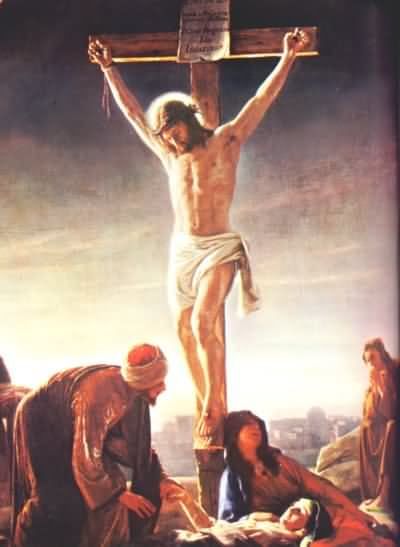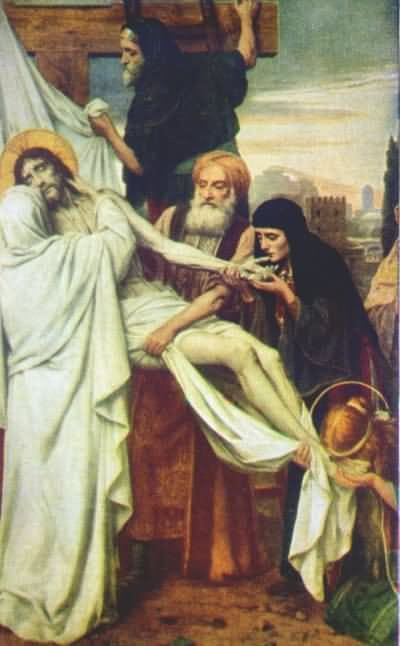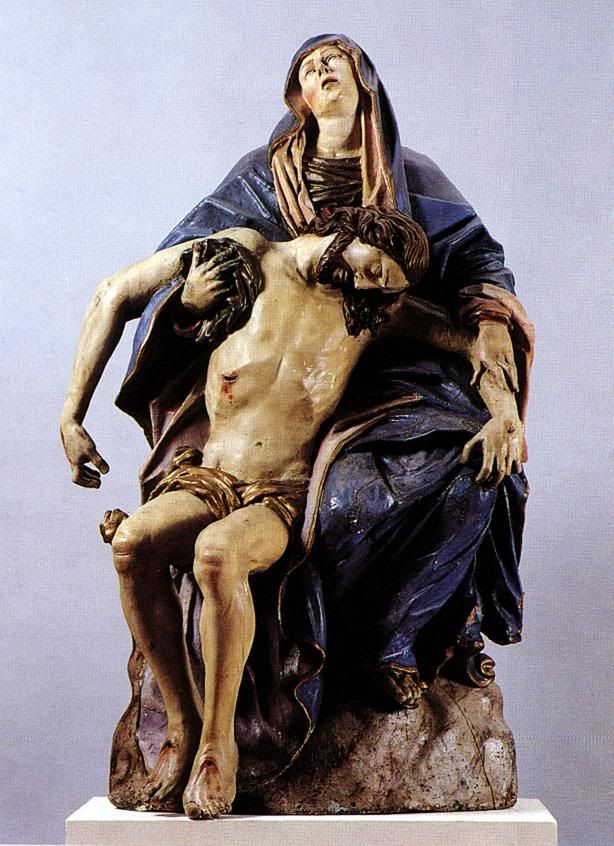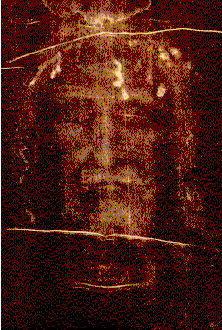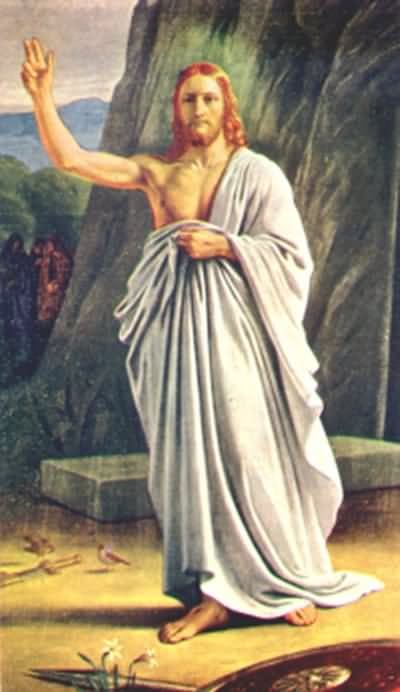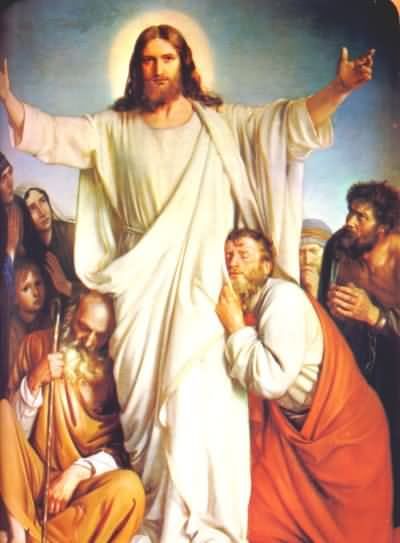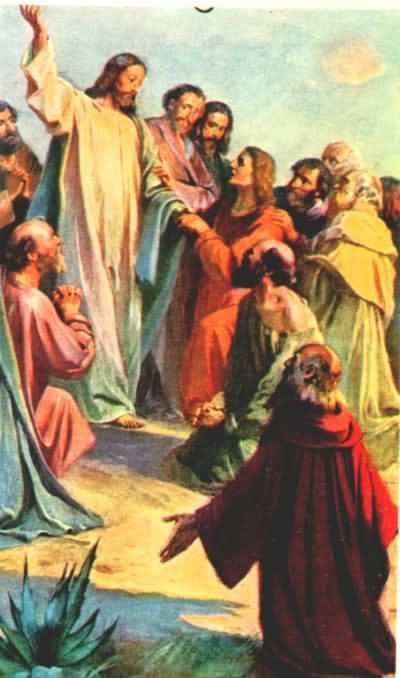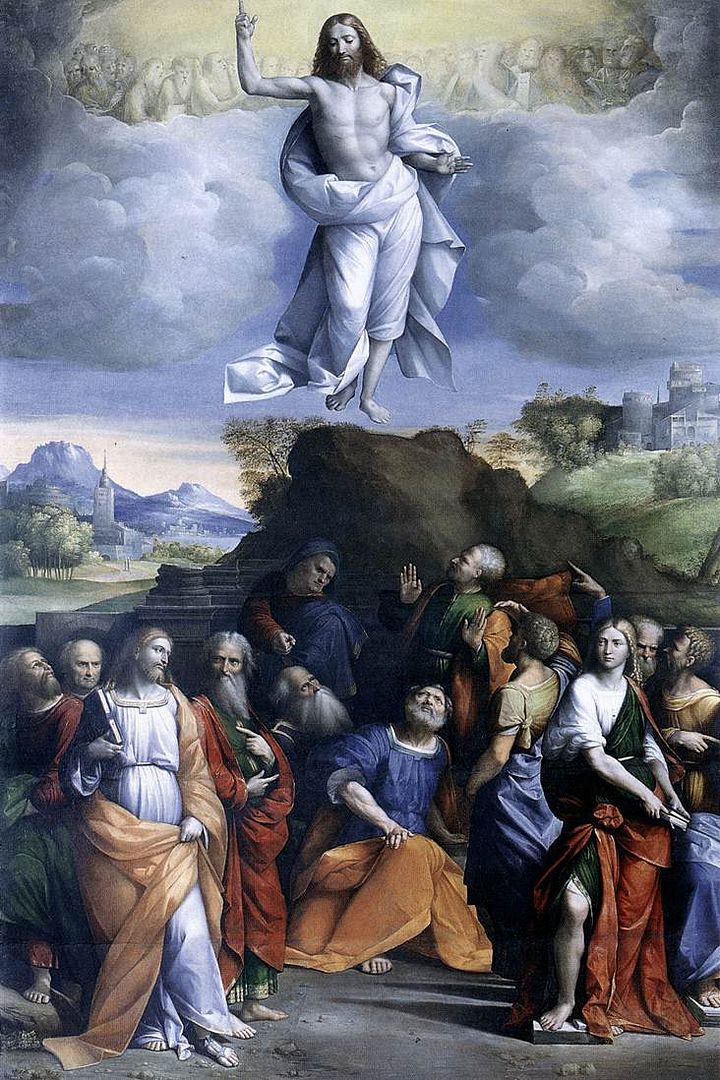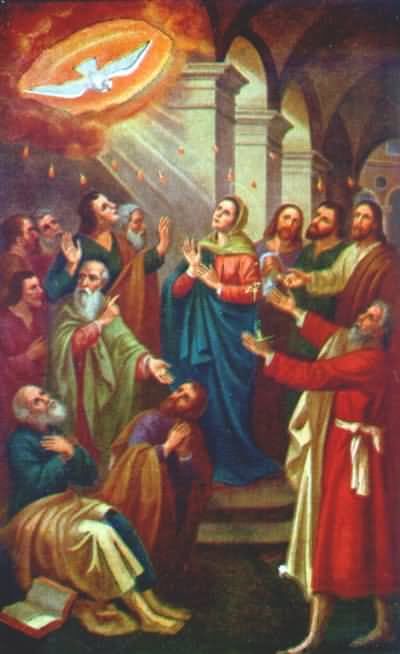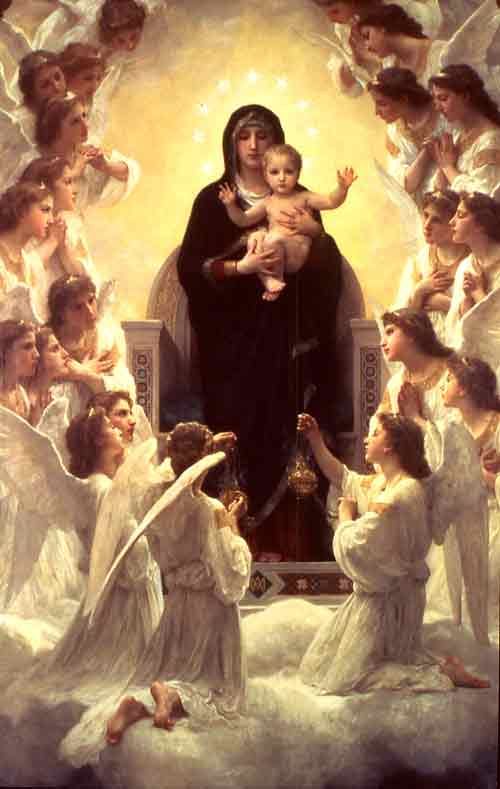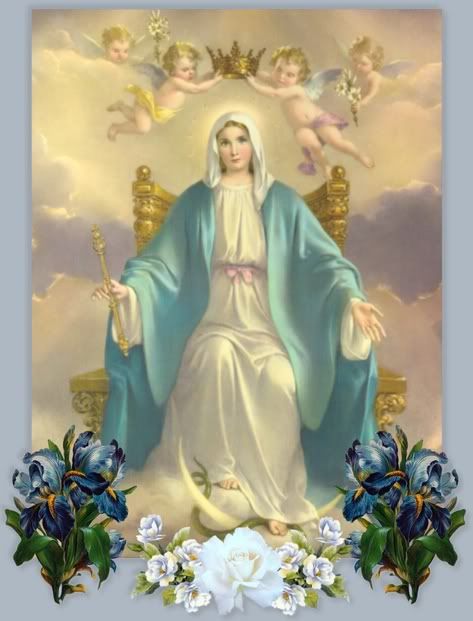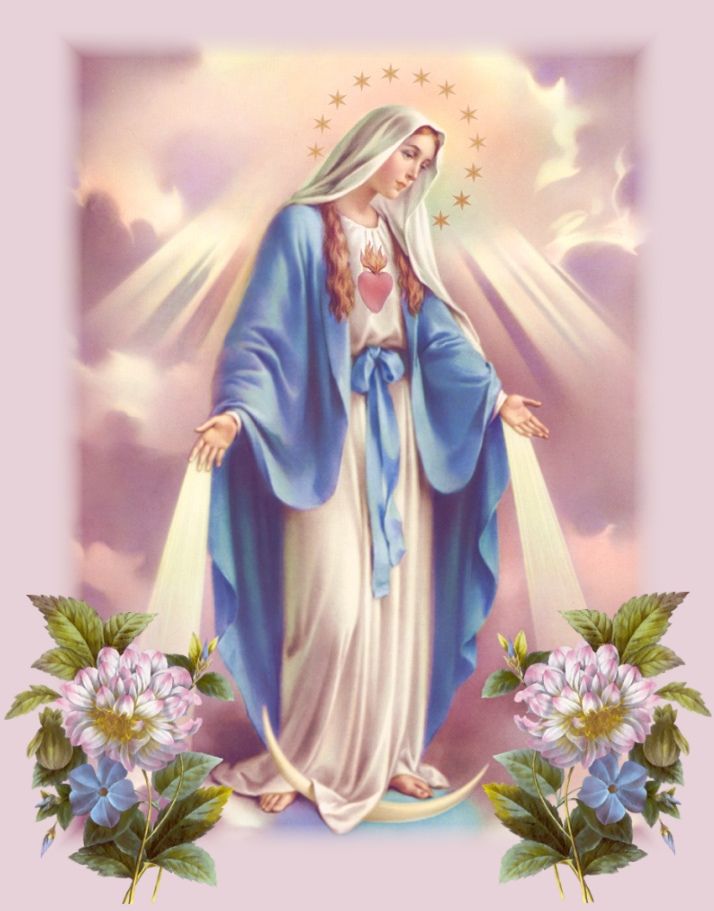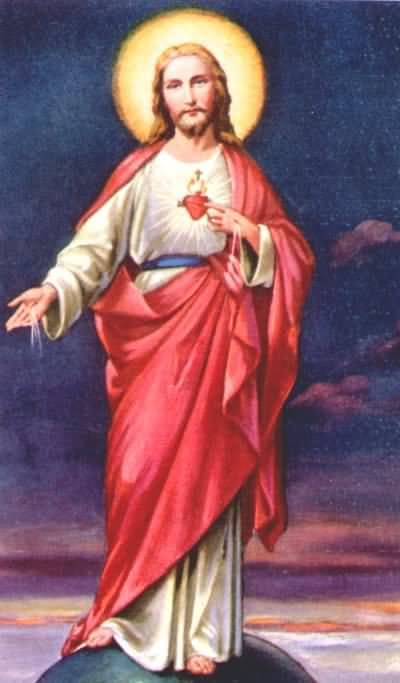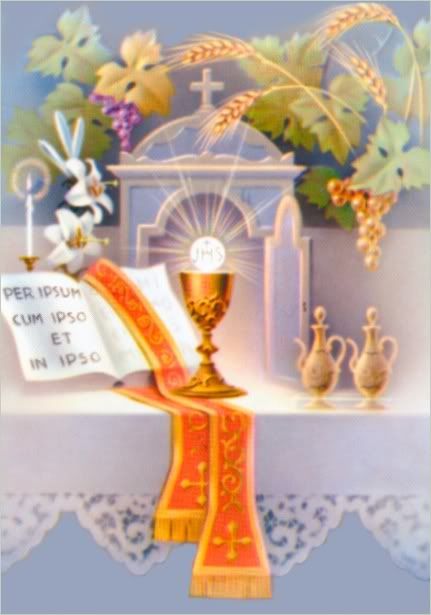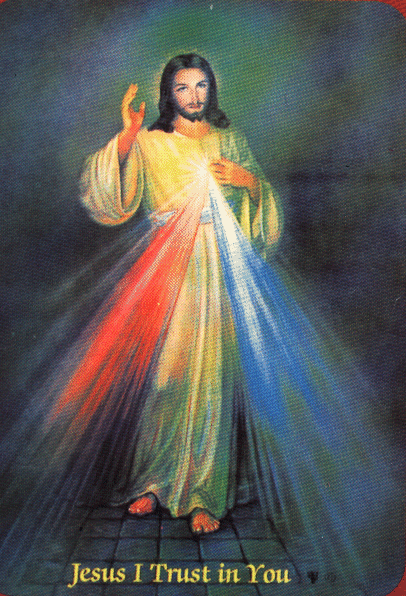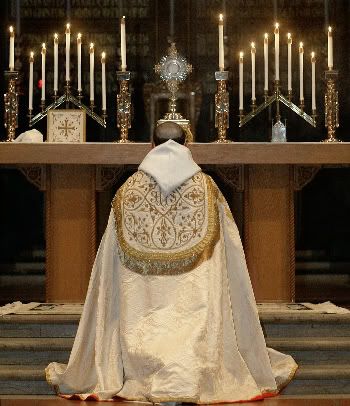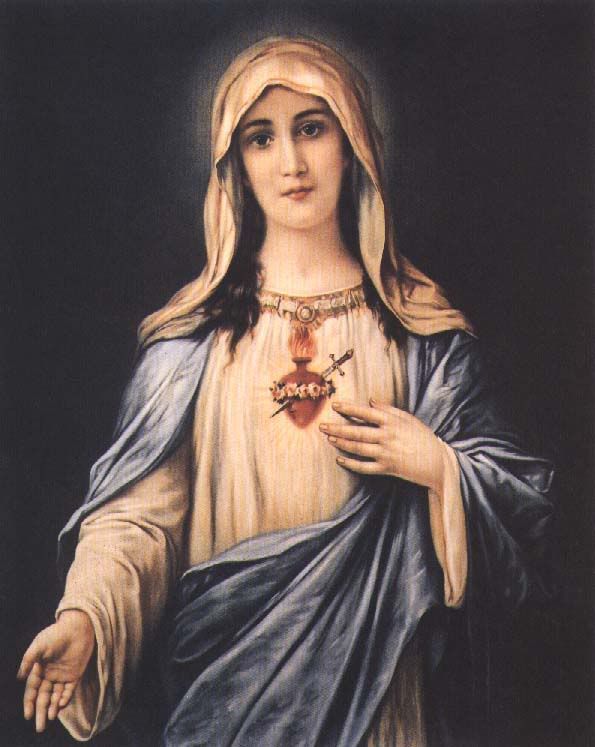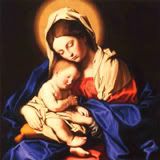Saturday, February 08, 2014
Saint John of Matha, Confessor
Thursday, February 06, 2014
Saint Titus, Bishop and Confessor
Wednesday, February 05, 2014
Saint Agatha, Virgin and Martyr
Monday, February 03, 2014
Saint Blaise
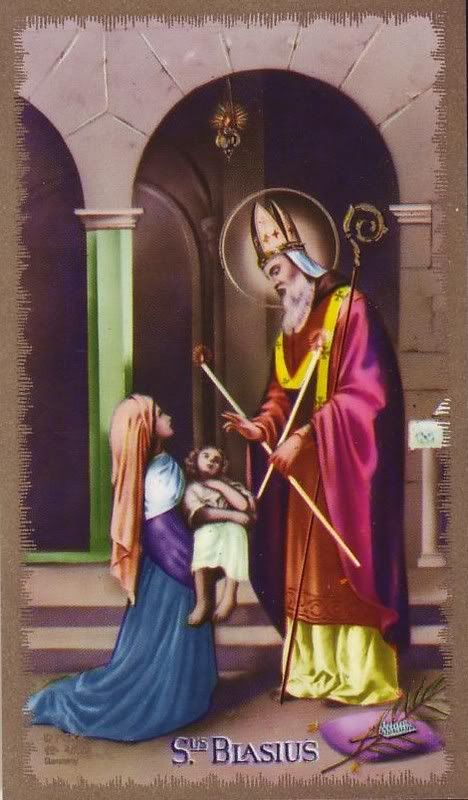
Here is what The Golden Legend has to say about St. Blaise, whose patronage is particularly efficacious for those suffering from disorders of the throat.
St. Blaise, please pray for us!
Sunday, February 02, 2014
Candlemas Day, 2014
Candlemas Day
by Robert Herrick
Kindle the Christmas brand, and then
Till sunset let it burn;
Which quench'd then lay it up again
Till Christmas next return.
Part must be kept wherewith to tend
The Christmas log next year;
And where 'tis safely kept, the fiend
Can do no mischief there.
This poem describes the custom of taking down the last of the Christmas holly on Candlemas, and burning it. It should certainly be dry enough by now.
However, an alternate custom was to reserve the last of the holly and use it as kindling for the fire for the Shrove Tuesday pancakes. This year, that would mean keeping the dried-out holly around almost another 4 weeks.
This is the feast of the Purification of the Virgin, which, under Jewish Law comes 40 days after childbirth. And Candlemas is 40 days after Christmas. The Church also (rather oddly, I think) adds the Feast of the Presentation. Odd, because under Jewish Law, the baby Jesus would have been presented and circumcised on the eighth day after his birth, or the Octave of Christmas. So, there were two Temple-related events after the Nativity, the Presentation on January 1st, and the Purification or Churching of Mary, on February 2nd. The Holy Family must have remained in Bethlehem (though they probably moved out of the stable, as the Magi story speaks of a "house") to be close to Jerusalem and the Temple for these two events. It can only be after this that the Flight to Egypt and the Slaughter of the Holy Innocents took place.
How did Candlemas get its name? Today was the day to bring to church for blessing the year's supply of candles, especially candles with a semi-sacramental nature, like the candles placed in the window on Christmas Eve, Christmas Day, New Years, and Epiphany in Irish homes, candles for the Advent wreath, candles for the home sick visit kit, or candles used in home shrines.
One of the European superstitions connected with Candlemas was that a fair, clear Candlemas meant a longer winter, where a cloudy Candlemas would mean the end of winter was at hand. In Europe, the end of February is often quite spring-like, where here in the US (especially here in New England), it tends to be more wintery, as our seasons run about 3 weeks behind the European seasons.
Here is a German saying:
When it storms and snows on Candlemas Day,
Spring is not far away;
if it's bright and clear,
Spring is not yet near.
This gave rise to the legend that if the groundhog sees his shadow on February 2nd (now better known as Groundhog Day) it means 6 more weeks of winter (as opposed to only 4 more weeks if he does not see it).
Check out our friends at Fish Eaters for more on Candlemas customs.
Also, see The Golden Legend on the Purification of Our Blessed Lady.
by Robert Herrick
Kindle the Christmas brand, and then
Till sunset let it burn;
Which quench'd then lay it up again
Till Christmas next return.
Part must be kept wherewith to tend
The Christmas log next year;
And where 'tis safely kept, the fiend
Can do no mischief there.
This poem describes the custom of taking down the last of the Christmas holly on Candlemas, and burning it. It should certainly be dry enough by now.
However, an alternate custom was to reserve the last of the holly and use it as kindling for the fire for the Shrove Tuesday pancakes. This year, that would mean keeping the dried-out holly around almost another 4 weeks.
This is the feast of the Purification of the Virgin, which, under Jewish Law comes 40 days after childbirth. And Candlemas is 40 days after Christmas. The Church also (rather oddly, I think) adds the Feast of the Presentation. Odd, because under Jewish Law, the baby Jesus would have been presented and circumcised on the eighth day after his birth, or the Octave of Christmas. So, there were two Temple-related events after the Nativity, the Presentation on January 1st, and the Purification or Churching of Mary, on February 2nd. The Holy Family must have remained in Bethlehem (though they probably moved out of the stable, as the Magi story speaks of a "house") to be close to Jerusalem and the Temple for these two events. It can only be after this that the Flight to Egypt and the Slaughter of the Holy Innocents took place.
How did Candlemas get its name? Today was the day to bring to church for blessing the year's supply of candles, especially candles with a semi-sacramental nature, like the candles placed in the window on Christmas Eve, Christmas Day, New Years, and Epiphany in Irish homes, candles for the Advent wreath, candles for the home sick visit kit, or candles used in home shrines.
One of the European superstitions connected with Candlemas was that a fair, clear Candlemas meant a longer winter, where a cloudy Candlemas would mean the end of winter was at hand. In Europe, the end of February is often quite spring-like, where here in the US (especially here in New England), it tends to be more wintery, as our seasons run about 3 weeks behind the European seasons.
Here is a German saying:
When it storms and snows on Candlemas Day,
Spring is not far away;
if it's bright and clear,
Spring is not yet near.
This gave rise to the legend that if the groundhog sees his shadow on February 2nd (now better known as Groundhog Day) it means 6 more weeks of winter (as opposed to only 4 more weeks if he does not see it).
Check out our friends at Fish Eaters for more on Candlemas customs.
Also, see The Golden Legend on the Purification of Our Blessed Lady.


